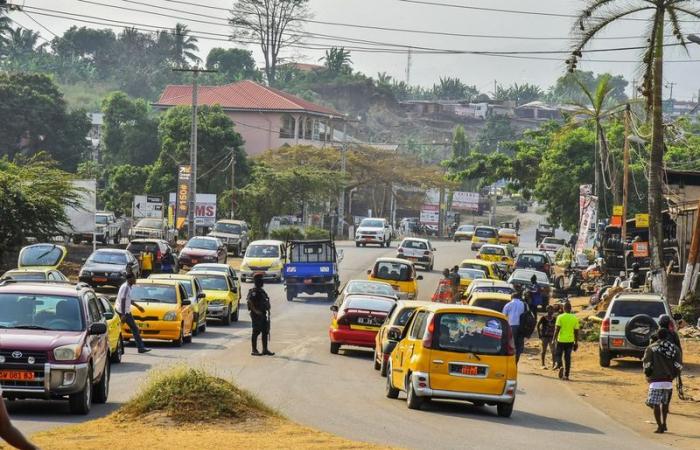Rita Queen, a housewife, does not hide her disappointment when she notes that a daily food budget of 5,000 FCFA is now “barely enough” to feed her family.
« I wanted to buy beans, knowing that three cups cost 500 FCFA, but to my surprise, they now tell me that a single cup costs 200 FCFA. Finally I changed my mind », she says, walking away from the counter, visibly disappointed.
Like Queen, many other women are finding it more and more difficult to do their shopping normally as before.
Hélène has been at the market for more than two hours, the fault of the price increase “each product has increased in price. I have to organize myself differently and that takes time,” she confides.
A situation which is not without consequences for merchants. “The market is looking dim with the rise in prices,” says Monique, a bean seller at the Buea market. “Unfortunately we have no choice, otherwise we will not get through this,” she points out in passing, “even as we have lost many customers who can no longer afford to buy products from the new fixed prices” she admits.
This price increase is general as are these consequences. Many local food sellers have had this bitter experience. This is the case with Elsy, she sells Eru leaves as the basis of a very popular local dish. “Before I sold Eru leaves for 500 FCFA, but currently it is impossible. The price has gone from simple to double,” she emphasizes.
The same goes for local taro, “currently five taros are sold at 5,000 FCFA, a luxury for average families,” comments a housewife. The same goes for palm oil, an essential element in local cuisine. For 30 liters of the precious oil, you now have to pay 27,000 FCFA instead of 24,000 FCFA. At this price, “I leave the liter at 1000 FCFA instead of 800 FCFA two months ago” declares a local oil seller.
The bleeding is strong even for a food like rice. Doris, a rice seller, explains: “the price of a 50 kg bag of rice increased from 25,000 FCFA to 42,000 FCFA in just seven months. The retail price of a quarter of a bowl of rice has also increased from 2,500 FCFA to 4,500 or even 5,000 FCFA”. Consequence “ When someone calculates that 5 cups of rice for 1,000 FCFA cannot be enough, they change the menu and that slows down our business » she indicates, “ It’s been almost a month since I bought a bag of rice but I still can’t sell it like before. » laments the young rice seller.
With budgets becoming increasingly tight while prices continue to rise in the market, “we are under pressure,” suggested a resident of the city of Buea.
According to the National Institute of Statistics (INS), inflation in Cameroon reached 4.4% year-on-year in September 2024. Nearly half of this increase is attributed to the rise in food prices estimated at 5 .9%.
These price increases contribute to a general increase in the cost of living, particularly for households that rely heavily on locally sourced food, the INS said.
The sharp rise in food prices highlights the wider economic challenges facing the country and highlights the urgent need for effective policy responses to curb inflation and ensure that food remains affordable for all Cameroonians






